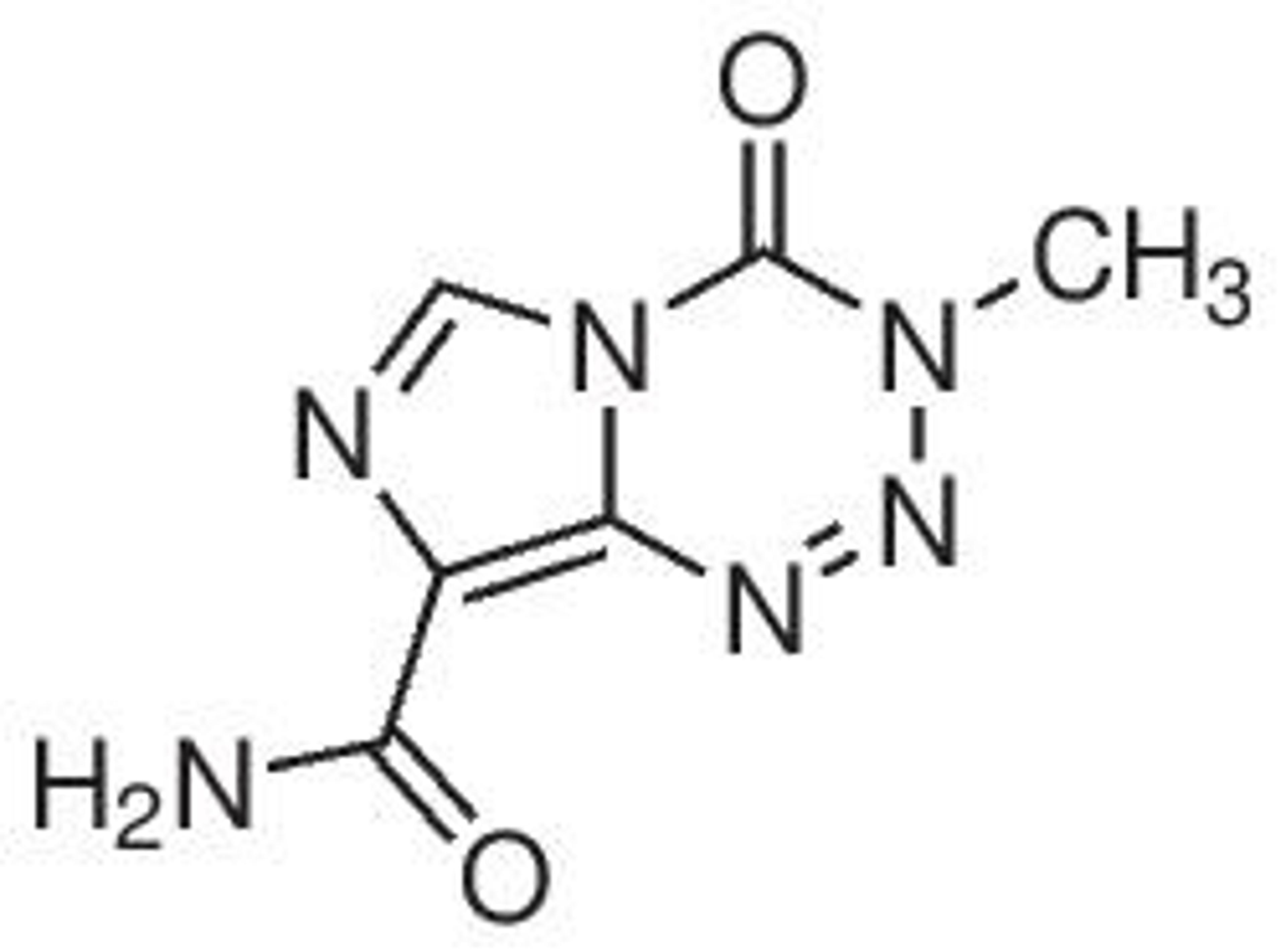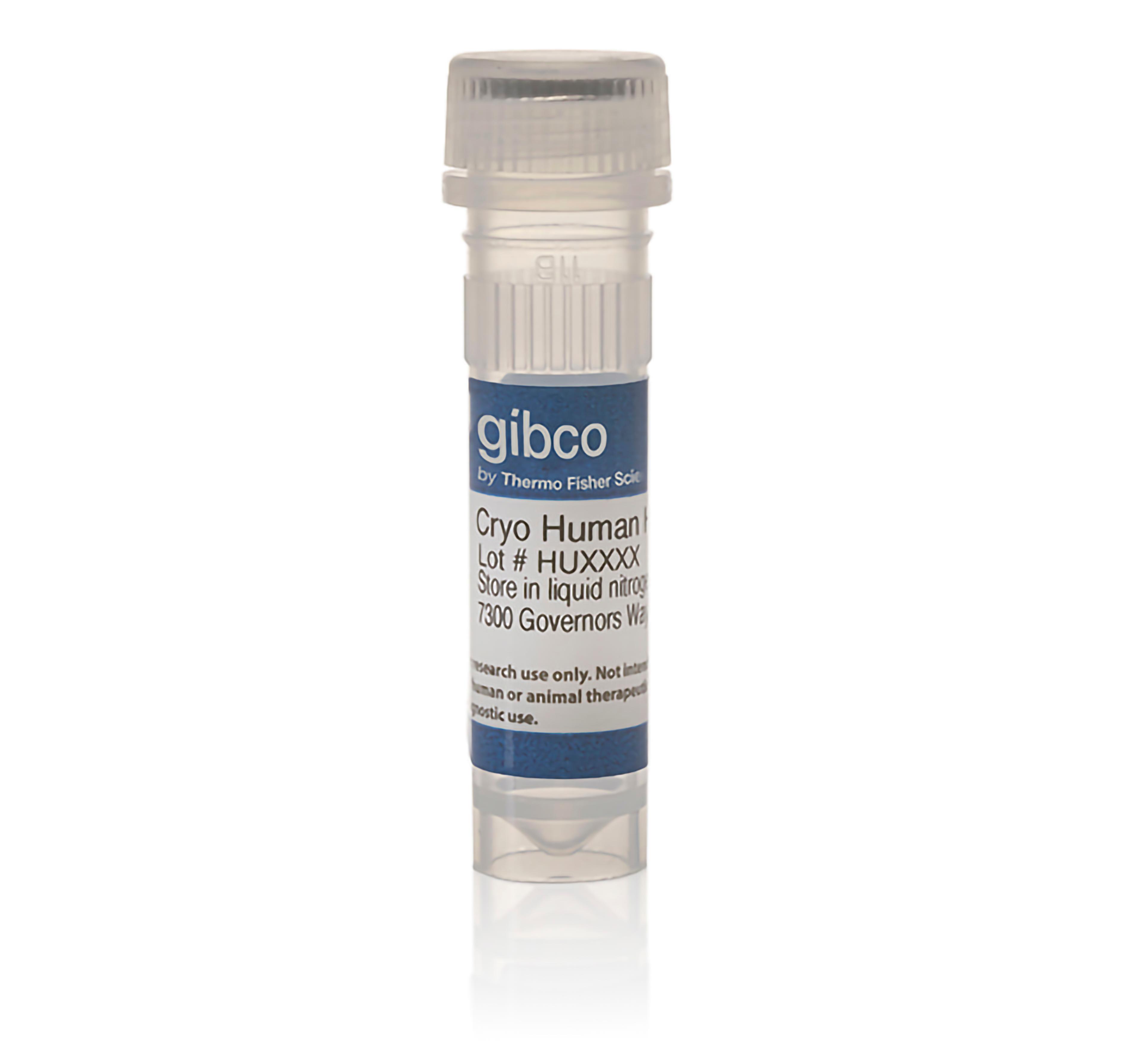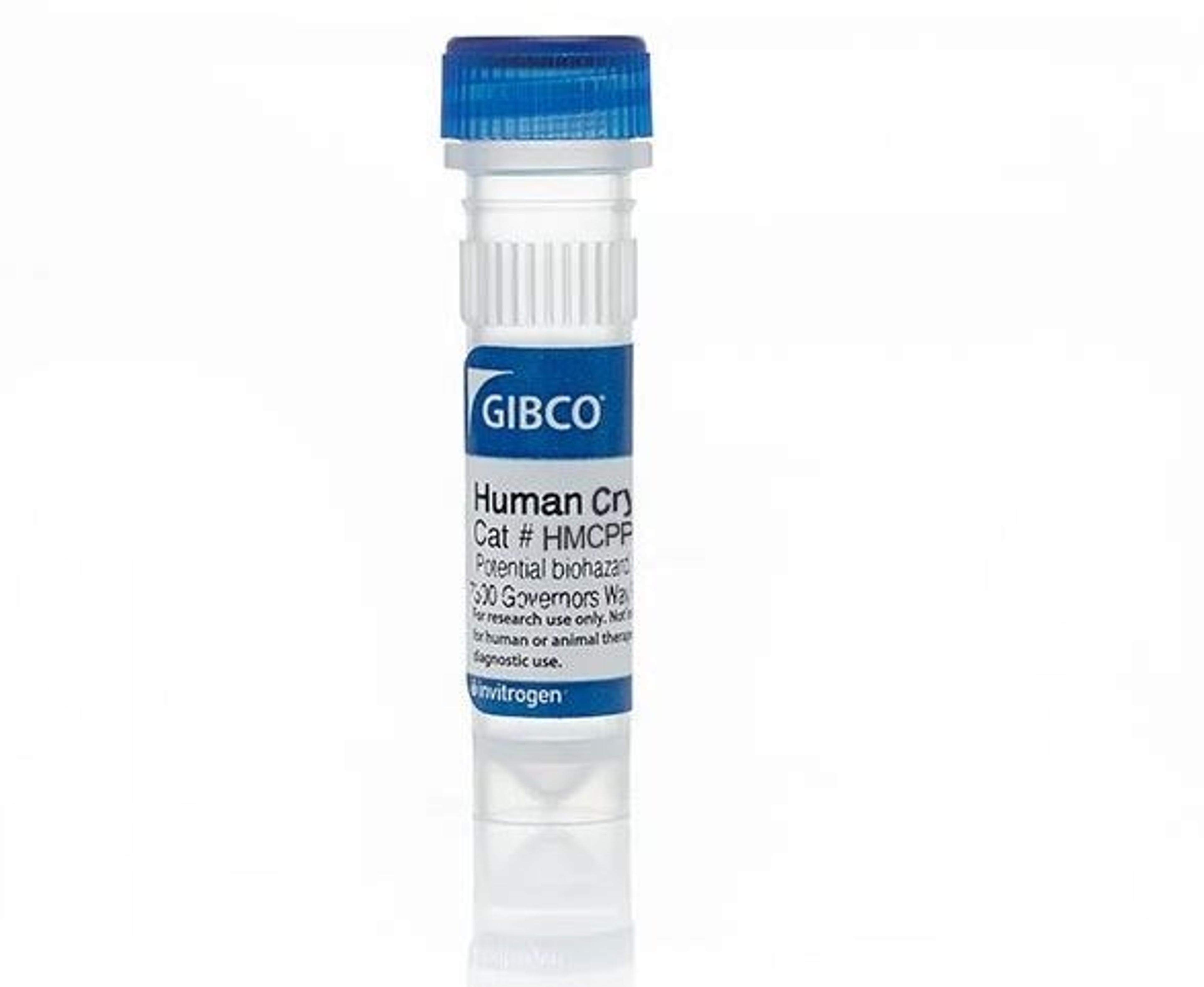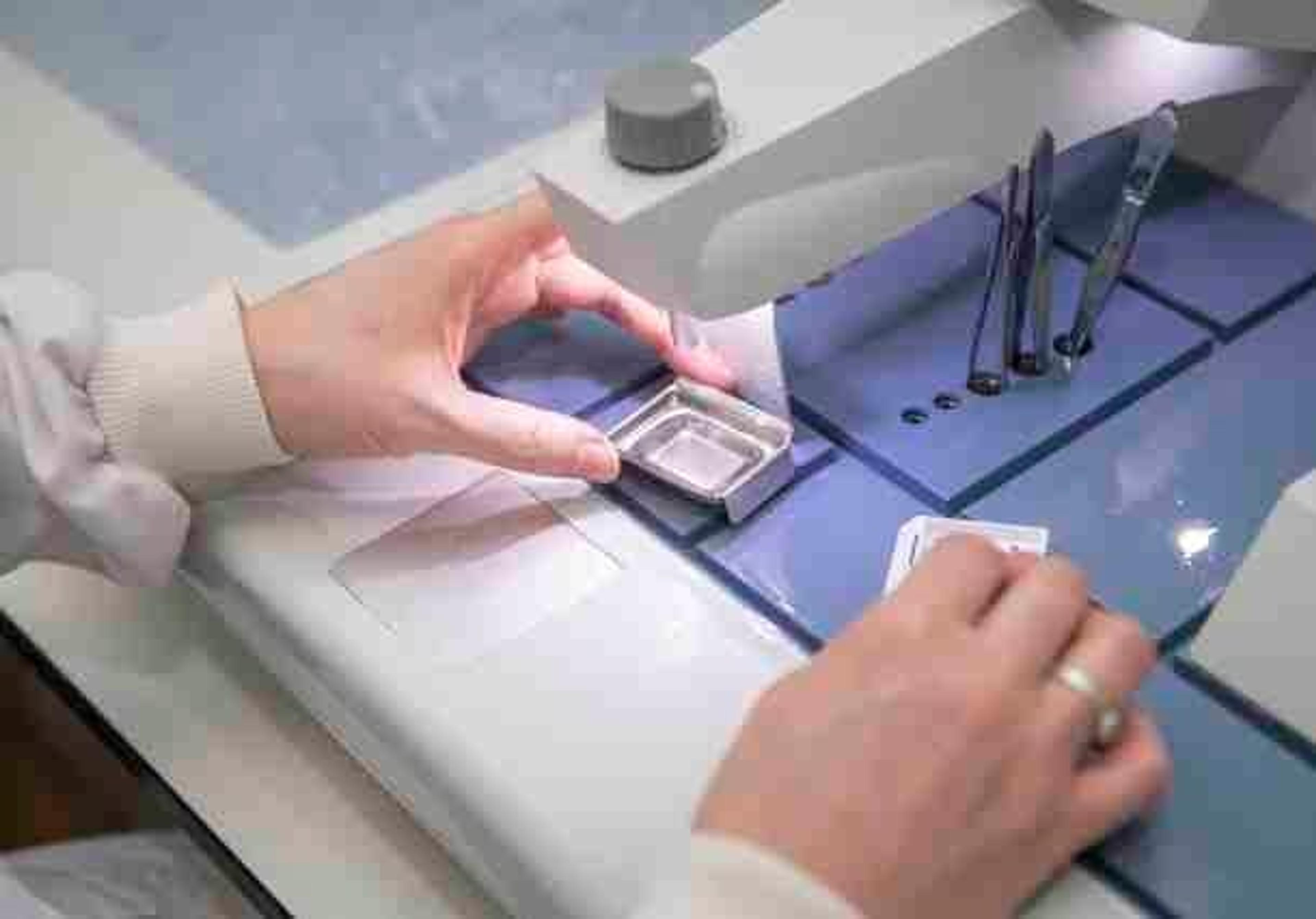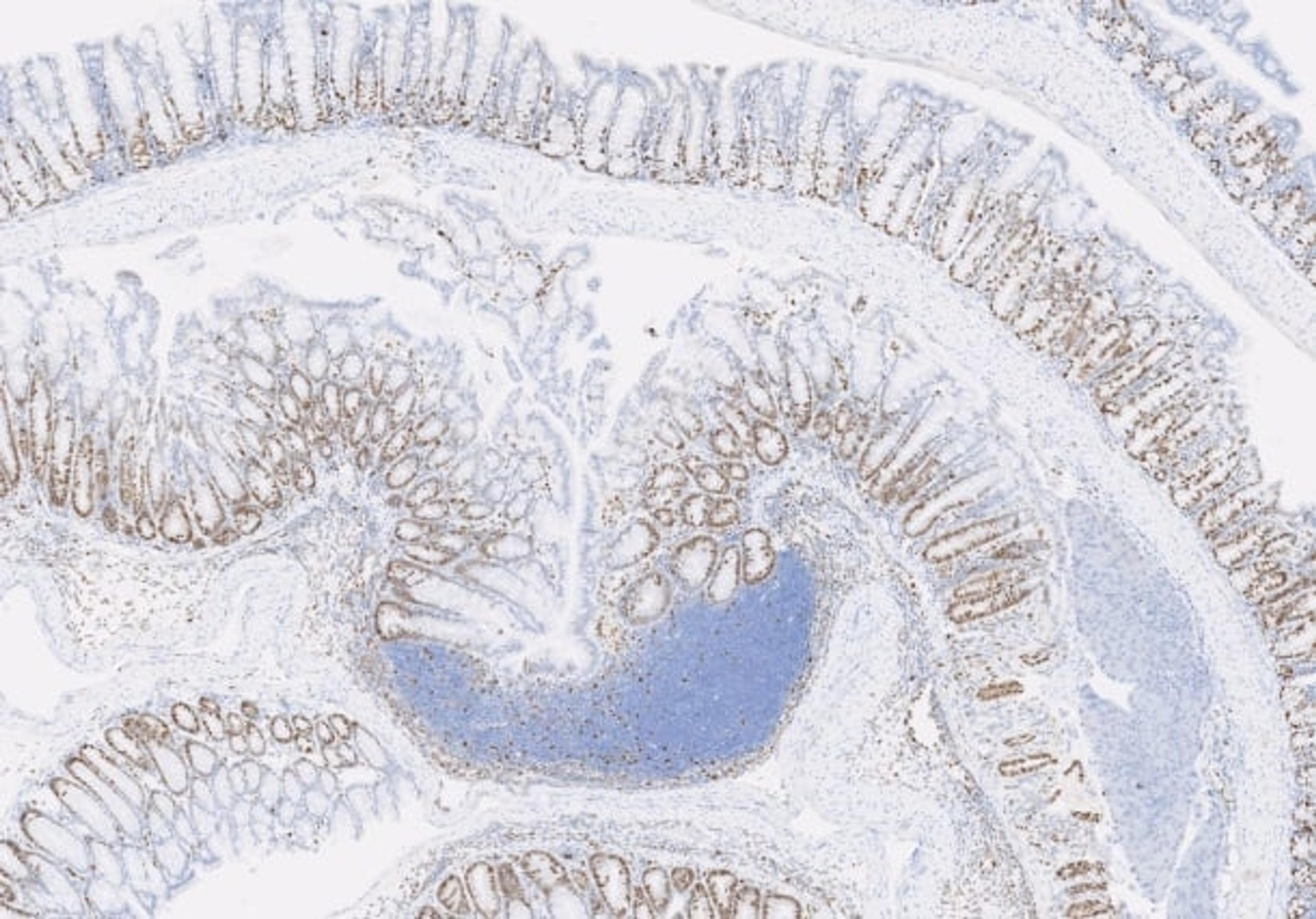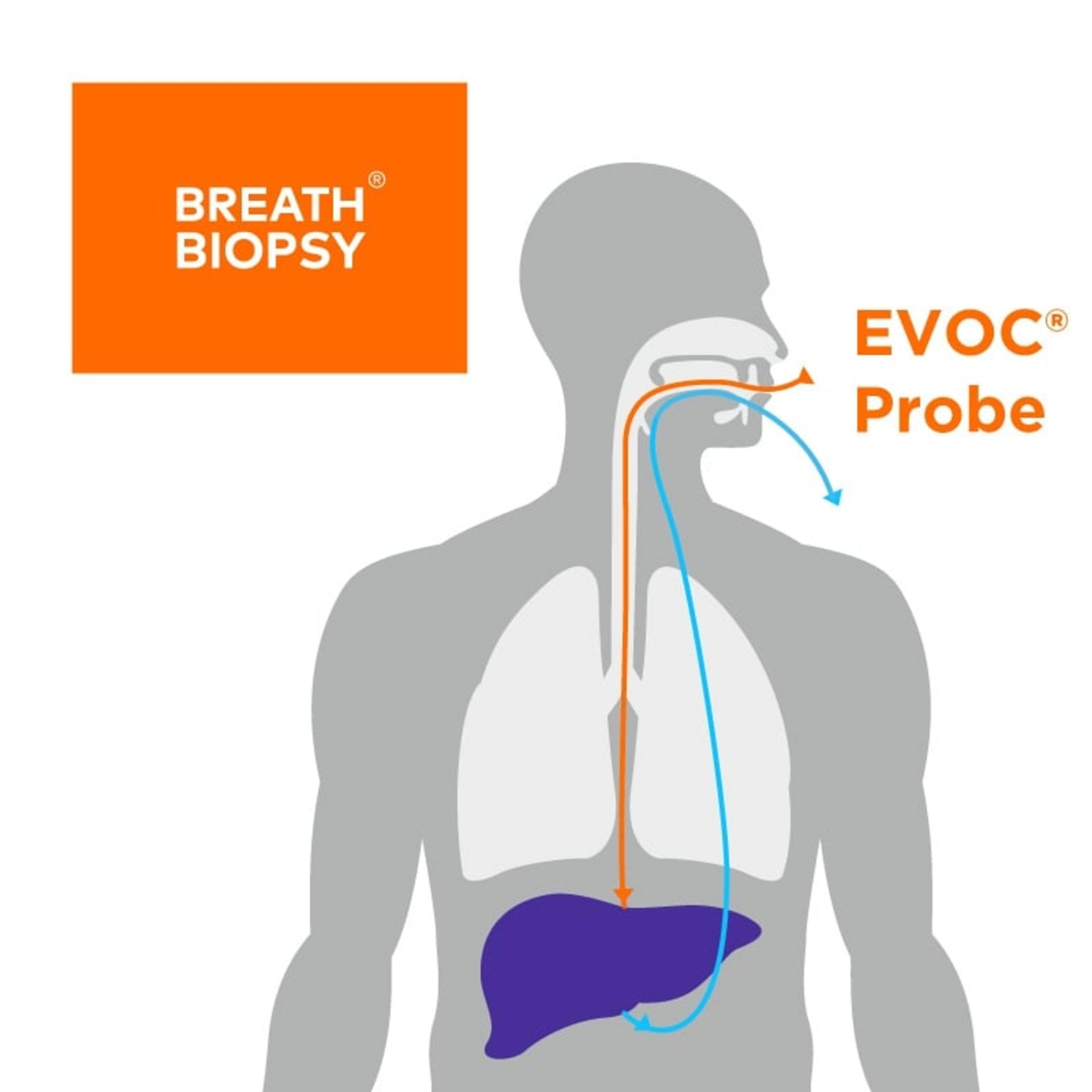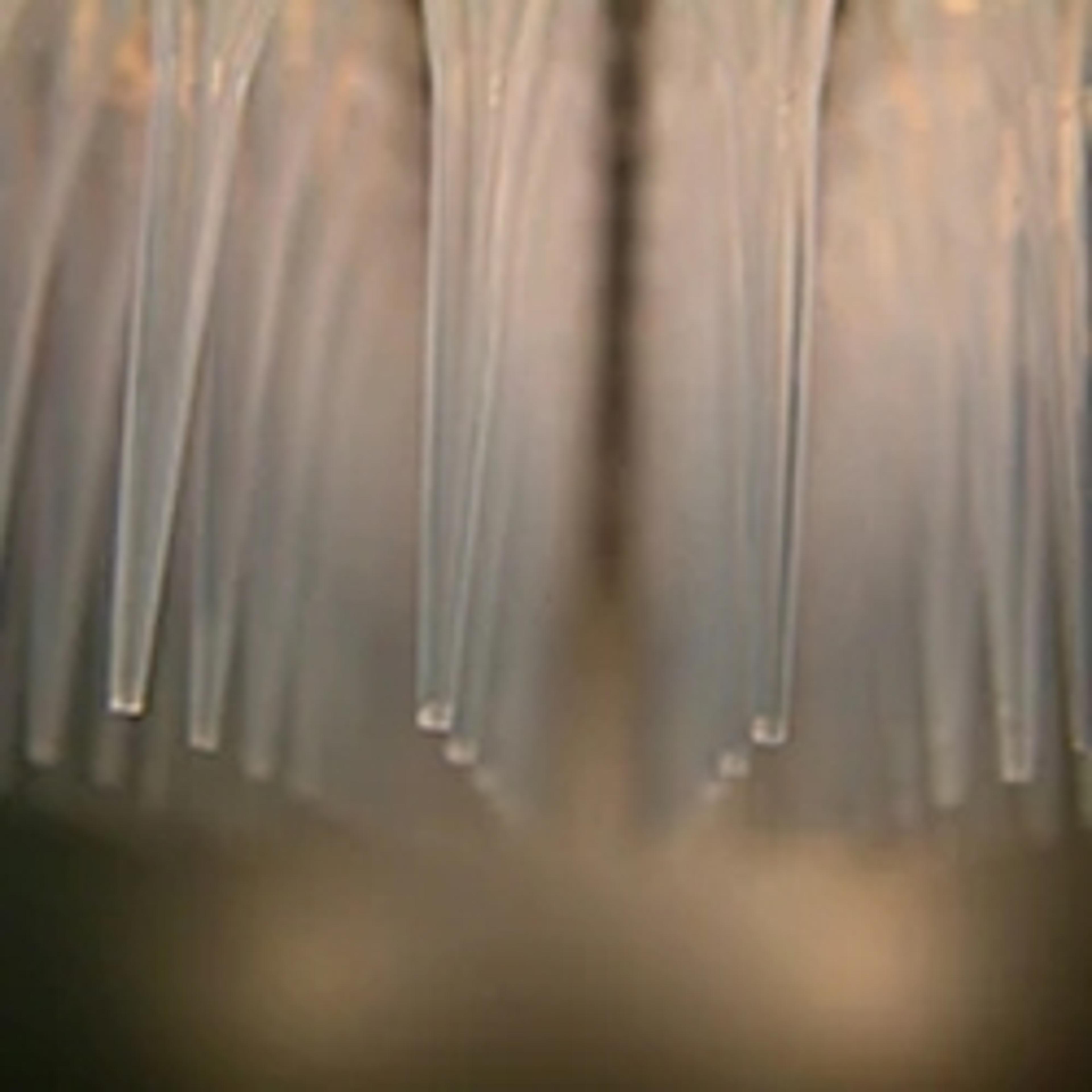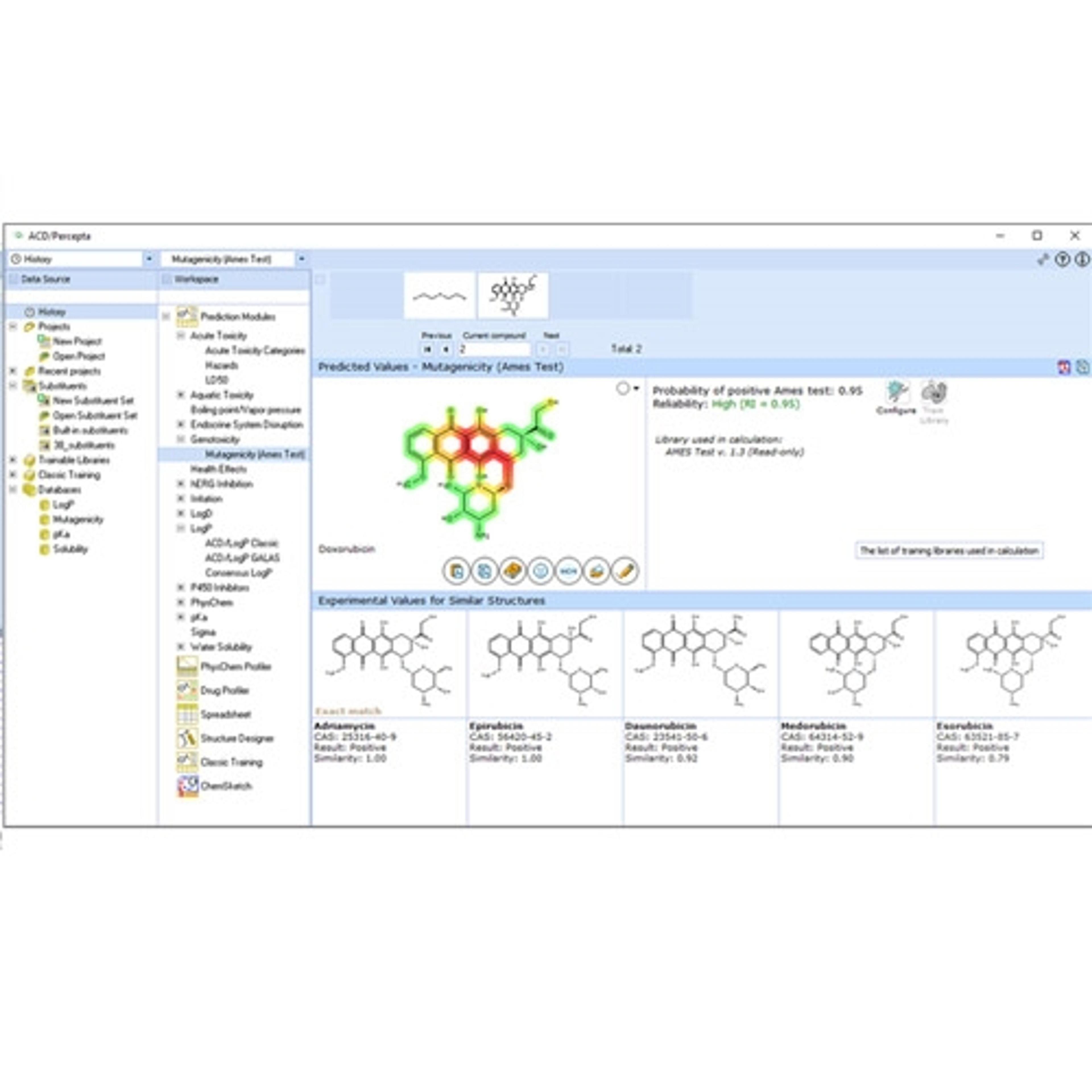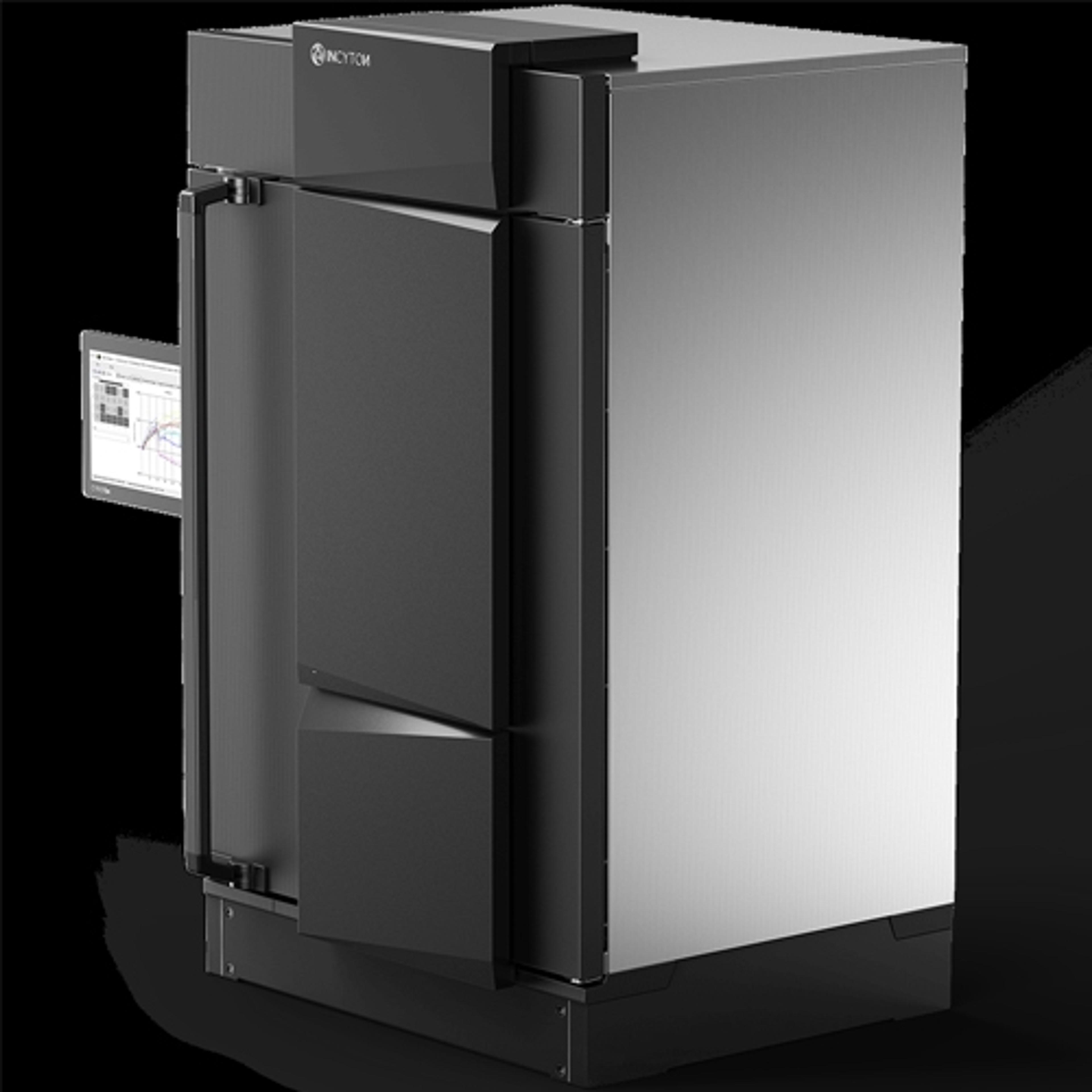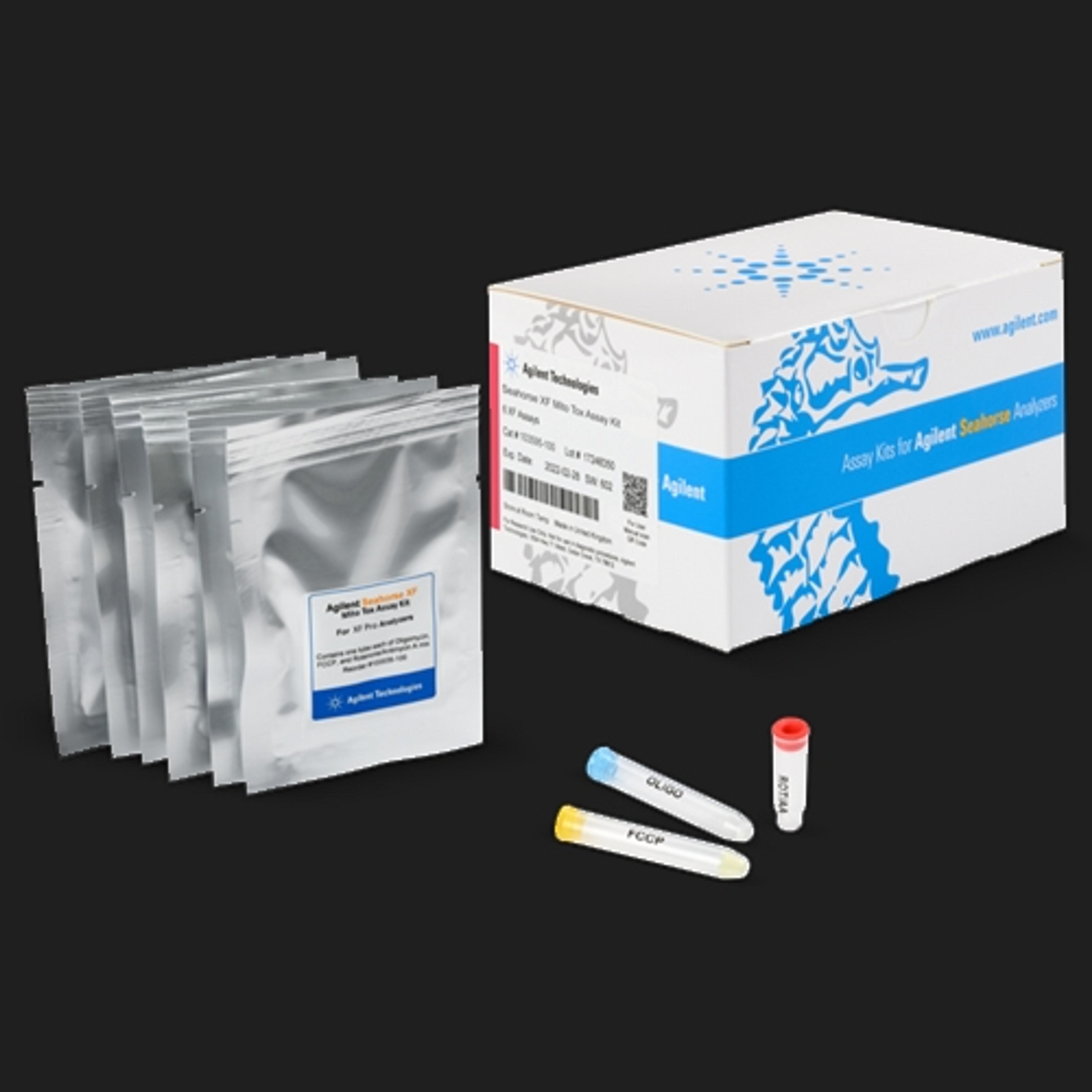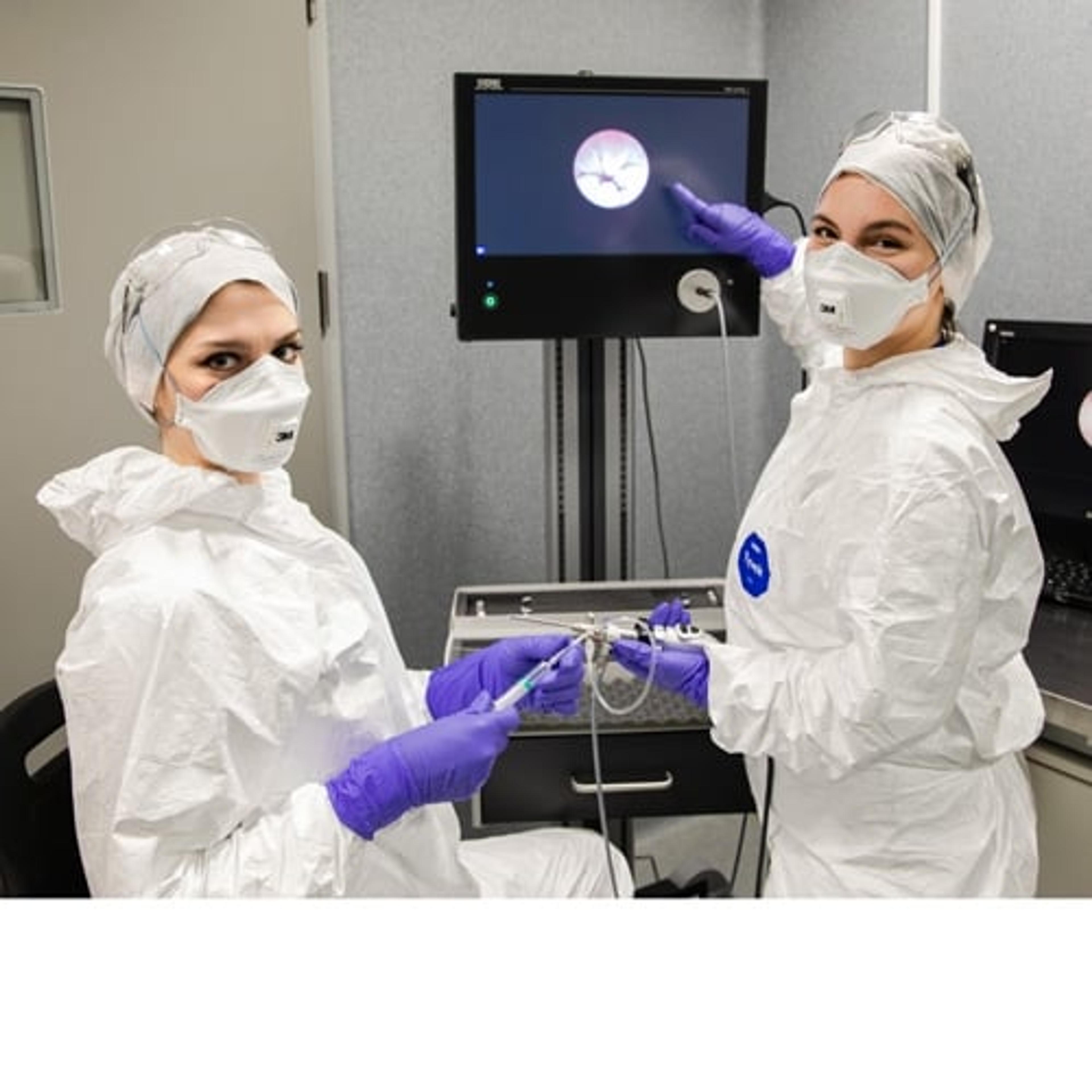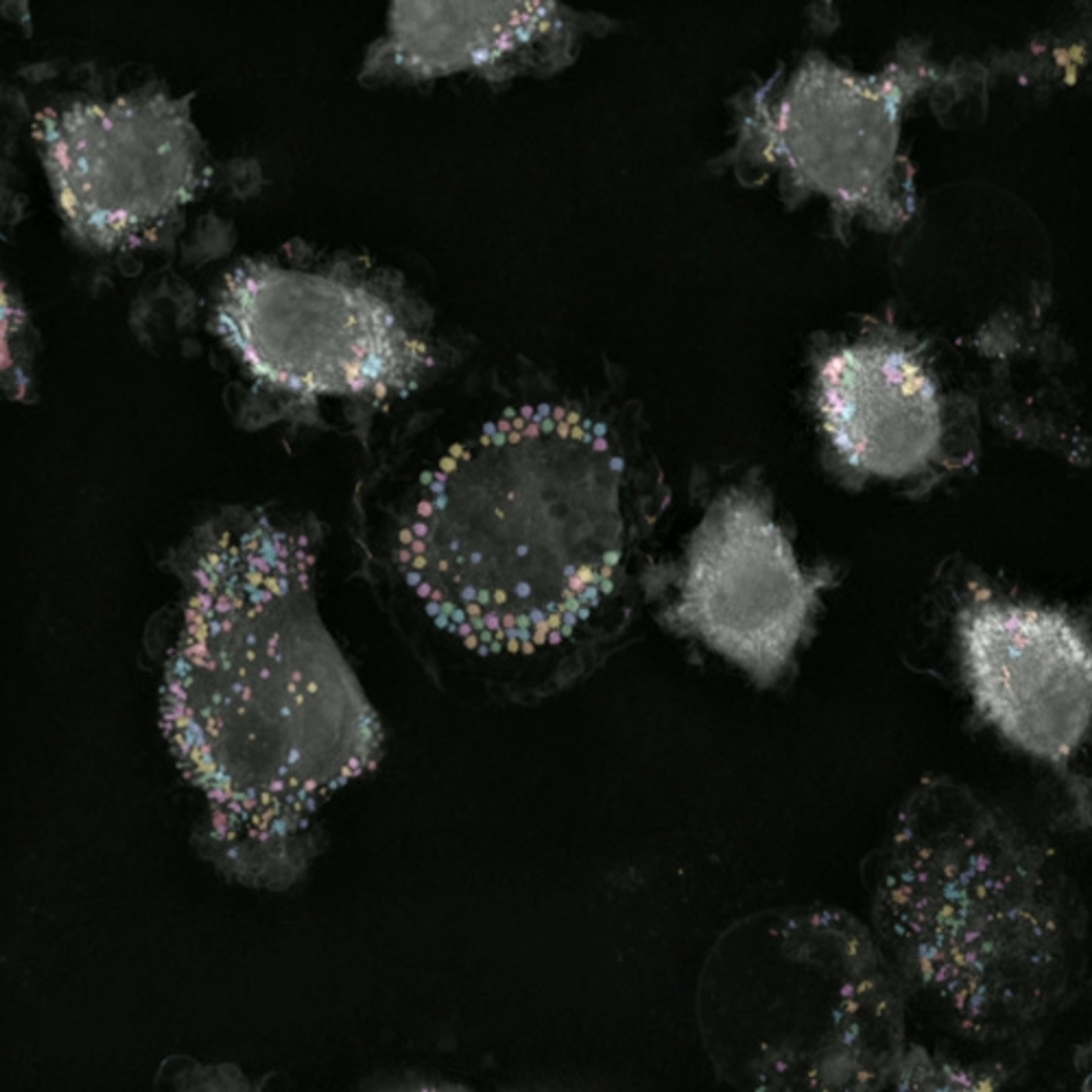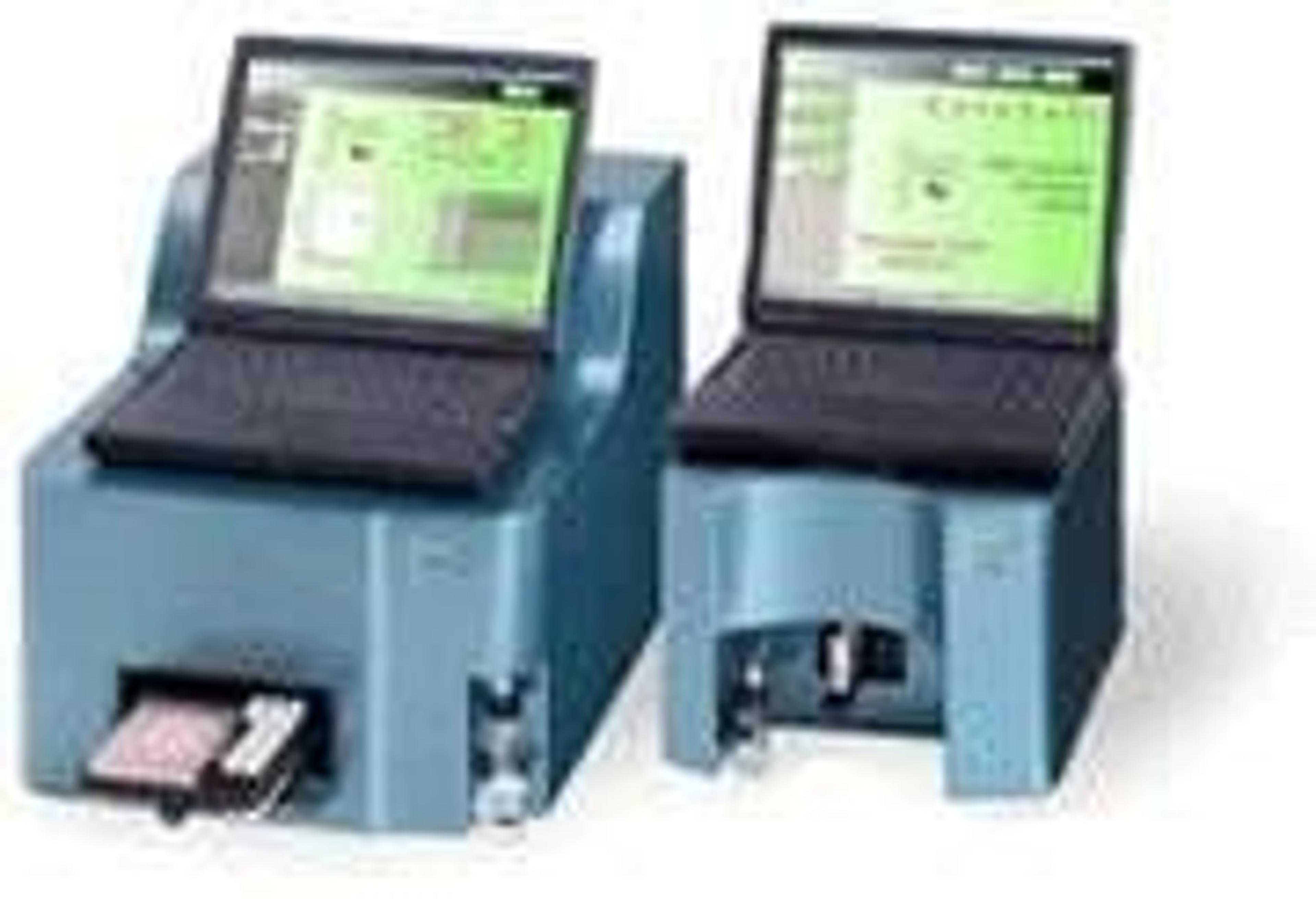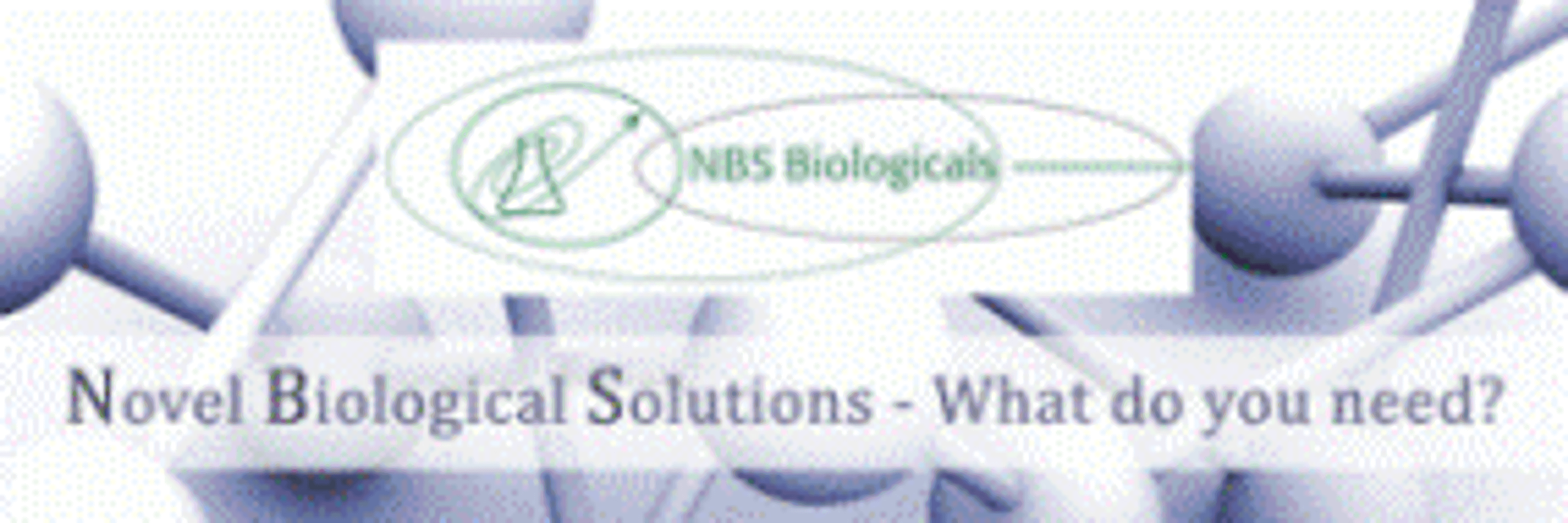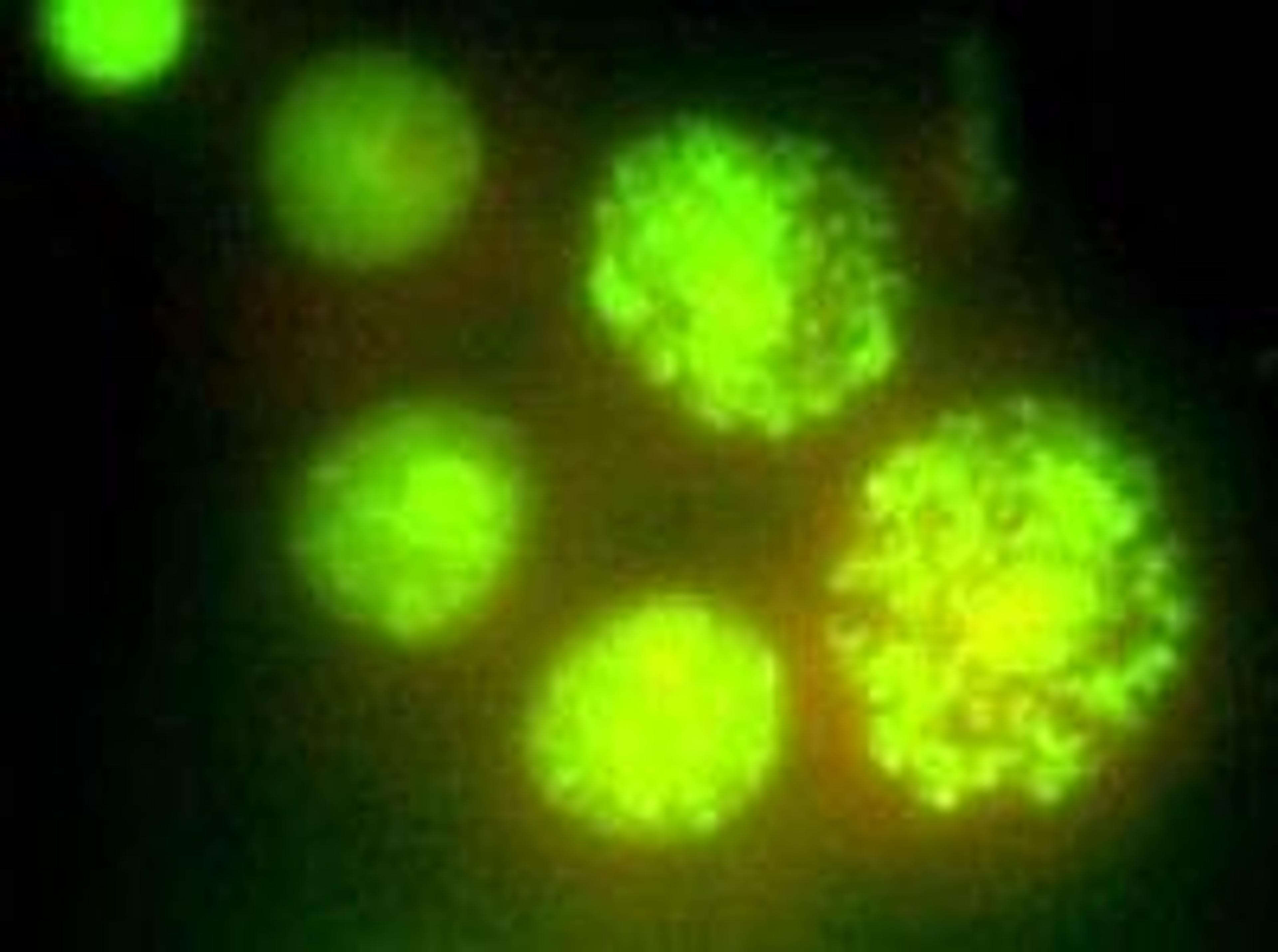ADME-Toxicology Products & Reviews
ADME-toxicology (ADME-Tox) studies are used in pharmacology and pharmacokinetics to assess the activity/toxicity of drugs <i>in vivo</i> or <i>in vitro</i>. Find bioassays for absorption, distribution, metabolism, and excretion of drug molecules including cytotoxicity, transporter/permeability, metabolism and activity assays as well as hepatocytes and cell lines for ADME. Find the best ADME-toxicology products in our peer-reviewed product directory: compare products, check customer reviews and receive pricing direct from manufacturers.
Selected Filters:
Gibco Spheroid-Qualified Hepatocytes
Thermo Fisher ScientificOff-the-shelf cryopreserved human cells for generation of hepatic spheroids in your own lab
Histology Contract Services
The Niche CRO GroupHistologiX is a leading GLP/GCP accredited Contract Research Organisation based in the UK specialising in Histology, Immunohistochemistry (IHC) and Digital Pathology services. HistologiX works with a broad range of clients from big pharma to small and medium biotech companies worldwide. Our team of scientists have in excess of 120 years combined experience and a customer retention rate of 80%.
Immunohistochemistry Services
The Niche CRO GroupHistologiX is a leading GLP/GCP accredited Contract Research Organisation based in the UK specialising in Histology, Immunohistochemistry (IHC) and Digital Pathology services. HistologiX works with a broad range of clients from big pharma to small and medium biotech companies worldwide. Our team of scientists have in excess of 120 years combined experience and a customer retention rate of 80%.
EVOC® Probes
Owlstone MedicalExogenous volatile organic compound probes (EVOC Probes) enable targeted, non-invasive assessment of biological pathways. Probes are safe, easy to administer compounds that interact with characterised metabolic pathways with relevance to key disease areas. Using Breath Biopsy, EVOC Probes can be monitored non-invasively on breath, either alone or in parallel with biomarker discovery studies.
Fluorescence Microplate Assays
Thermo Fisher ScientificCombining the sensitivity of a fluorescence-based assay with a microplate format enables a rapid, quantitative readout suitable for high-throughput analysis. In a microplate well, the fluorescent signal can be generated within whole cells, in cell lysates, or in purified enzyme preparations and may then be analyzed by measuring fluorescence intensity from the well without the need for cellular imaging.
Caco-2 Cells
MerckEnable assessment of drug transport by comparison between the wild-type (WT) and knockout cell lines
Tox Suite
Advanced Chemistry Development, Inc., (ACD/Labs)Calculate drug toxicity and safety endpoints
CYRIS flox
INCYTON GmbHCYRIS monitors and analyzes several key cellular parameters in real-time and label-free. Cell viability, metabolism, and morphology can be screened in a fully automated and atmosphere-controlled environment. The incubator integrated solution measures oxygen, pH, and cellular impedance in a multiwell plate and makes through a digital inverse microscope phase-contrast like live-cell images.
Seahorse XF Mito Tox Assay Kit
Agilent TechnologiesThe kit is designed to use with Agilent Seahorse XF Pro analyzer for easily identifying drug-induced mitochondrial toxicity, to de-risk your drug pipeline. It provides high sensitivity and specificity, reducing false positive and false negatives. It is applicable to screen compound libraries with a throughput of 80 compounds per plate. Assay performance metrics Z’ of > 0.5 is achievable following our assay workflow.
In vivo pharmacology and toxicology
SelvitaSelvita’s in vivo team has long standing experience in the areas of infection, inflammation and fibrosis and has contributed to numerous preclinical and clinical candidates. Over 60 animal models in mice, rats, and rabbits are fully characterized and validated with clinically relevant pharmacological controls whereas in-depth expertise in translational biomarker selection and validation gives confidence in the smooth transi…
LIVE T Cell Assay
Nanolive SAQuantify effector to target cell binding, phenotypic changes, and killing, all in a single label-free assay.
LIVE Cytotoxicity Assay
Nanolive SAA push-button, automated solution for profiling cell health, death, apoptosis and necrosis, label-free
Smart Lipid Droplet Assay
Nanolive SAA push-button solution to analyze lipid droplet dynamics, label-free.
Apoptosis Assay Suite
MerckApoptosis, or programmed cell death, is a highly regulated pathway that is important in normal developmental processes as well as many diseases. Cells undergoing apoptosis are identifiable by a number of characteristics, including changes in mitochonrial membrane potential, transport of phosphatidylserine (PS) to the membrane surface, activation of caspase proteases, and DNA fragmentation in the nucleus. Guava offers four apop…
ViaCount™ Assay
MerckGuava Technologies' ViaCount assay is revolutionizing the way cell counting and viability assessment are done in today's laboratories. Fast, automated, and highly reproducible, the Guava ViaCount assay addresses many of the difficulties of conventional cell counting and viability assessment methods. The Guava ViaCount assay provides: Cell counts up to ten times faster than manual counting, in a convenient turnkey assay.…
Cell Counting Kit-8
NBS Biologicals Ltd.Cell viability and cytotoxicity detection. Colourimetric microplate assay, one solution type, no washing required, no radioisotopes or organic solvents required.
GreenScreen HC
Gentronix Ltd.Gentronix has launched a new, accurate and fast in vitro mammalian cell genotoxicity assay - GreenScreen HC. The TK6 host cells are p53 competent and familiar to most genetic toxicology laboratories. A patented GFP reporter system exploits the proper regulation of the GADD45a gene. The assay delivers both high specificity and high sensitivity and detects all common mechanistic classes of genotoxin. The 96-well microplate for…
Nexin Assay Kit
MerckThe new Guava Nexin® reagent monitors induction of apoptosis quickly and easily, with minimal chance for contamination. Annexin V is a calcium-dependent phospholipid binding protein with high affinity for phosphatidylserine (PS), a membrane component normally localized to the internal face of the cell membrane. Early in the apoptotic pathway, molecules of PS are translocated to the outer surface of the cell membrane where Ann…
Annexin-V-FLUOS
Fluorescein-conjugated anticoagulant for the detection of phosphatidylserine in the outer leaflet of apoptotic cellsProduct Description Detection: Annexin-V-FLUOS can be directly detected in FACS analysis and immunochemistry without a secondary detection system. Sample material: Cell lines and freshly isolated cells. Specificity: Annexin-V binds in a calcium-dependent manner to negatively charged phospholipid surfaces, and sho…
Annexin-V-Biotin
Biotin-conjugated anticoagulant for the detection of phosphatidylserine in the outer leaflet of apoptotic cellsProduct Description Detection: Annexin-V-Biotin can be used in immunohistochemistry with a secondary detection system (e.g., Streptavidin-POD conjugate). Sample material: Cell lines and freshly isolated cells Specificity: Annexin-V binds in a calcium-dependent manner to negatively charged phospholipid surfaces, and…
Annexin-V-Alexa 568
Alexa 568-conjugated anticoagulant for the detection of phosphatidylserine on the outer leaflet of apoptotic cellsBenefits Detection flexibility: Analysis of results with flow cytometry and/or fluorescence microscopy. Alexa is a red dye, which can be used for double or triple staining with other fluorescent markers (e.g., fluorescein-labeled surface markers). Accuracy: Accurately distinguish apoptotic cells from necrotic…
Annexin-V-FLUOS Staining Kit
Kit for the detection and quantification of apoptosis and differentiation from necrosis at the single-cell level, based on Annexin-V-labelingProduct Description Detection: Annexin-V-FLUOS can be directly detected in FACS analysis and immunochemistry without a secondary detection system. Sample material: Cell lines and freshly isolated cells. Specificity: Annexin-V-FLUOS binds in a Ca2+-dependent manner to negatively charged ph…

